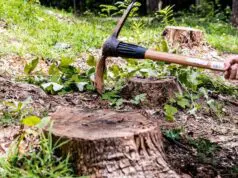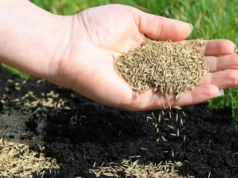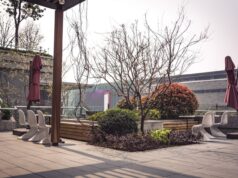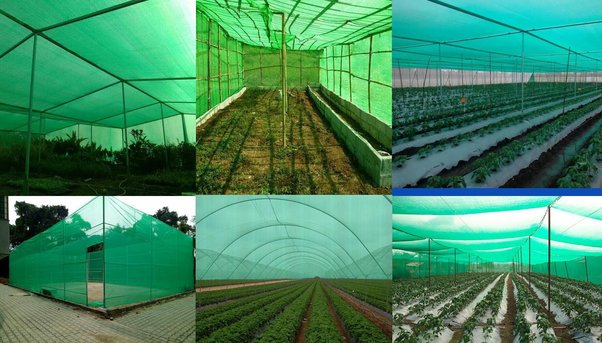
Gardening can be a challenge when it comes to providing the right amount of sunlight for your plants. They offer a practical solution for creating the ideal environment and protecting plants from heat stress, wilting, and damage. This article will discuss the various types of shade nets and how to choose the right one for your garden.
Shade nets, also known as shade cloth or shade fabric, are made from synthetic materials like polyethylene or polypropylene. They are designed to provide varying levels of shade and protection from the sun’s harsh rays while allowing air and water to pass through. These grids are available at sjzqibang in various colors, densities, and UV stabilization levels, making it essential to understand their differences before selecting the right one for your garden.
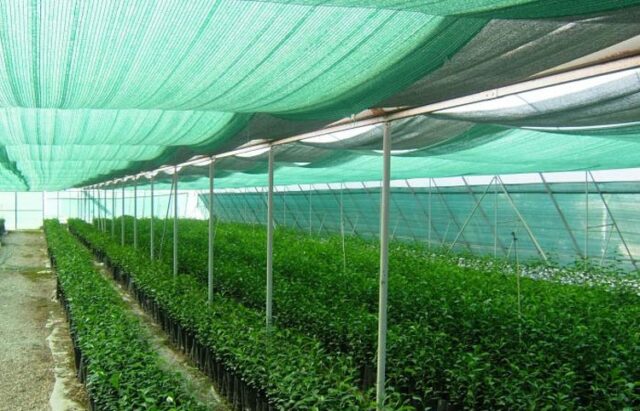
Polyethylene (PE)
Polyethylene shade meshes are lightweight, durable, and resistant to UV radiation. They are suitable for greenhouses, nurseries, and gardens and can be easily cut and shaped to fit specific requirements.
Polypropylene (PP)
Polypropylene webs have high tensile strength and resistance to chemicals and abrasion. They are heavier than polyethylene kind, providing a more rigid structure, and are ideal for permanent installations, such as outdoor gardens or large-scale agricultural projects.
Low-Density (30% to 50% Shade)
Low-density shade nets provide light shading, suitable for plants requiring partial sun protection, such as lettuce, spinach, and herbs. They also protect plants from light frost during colder months.
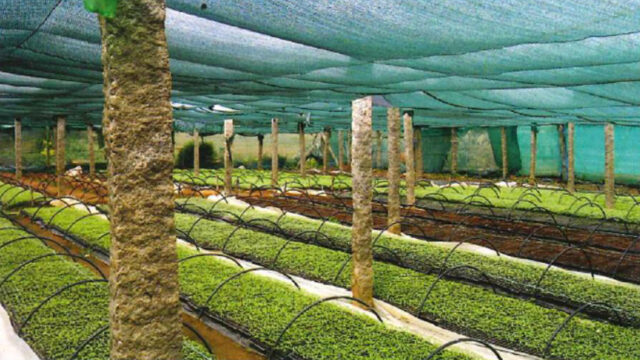
Medium-Density (50% to 70% Shade)
Medium-density shade nets are suitable for a wider range of plants, including flowers, fruits, and vegetables requiring moderate sun protection. They balance sunlight exposure and shading, reducing the risk of sunburn and heat stress.
High-Density (70% to 90% Shade)
High-density shade nets are designed for plants requiring significant sun protection, such as orchids, ferns, and shade-loving perennials. They create a cool, shaded environment and protect young seedlings and delicate plants from harsh sunlight.
Non-UV Stabilized
Non-UV stabilized shade nets are more affordable but degrade more quickly under direct sunlight. They are suitable for short-term or temporary applications.
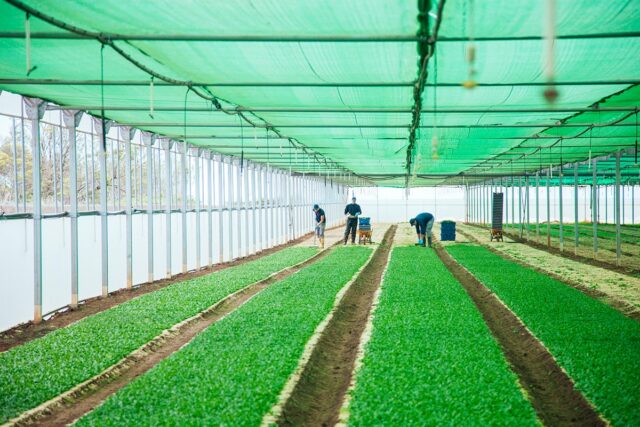
UV Stabilized
UV-stabilized shade nets have a special coating to protect them from UV radiation, increasing their lifespan and making them more resistant to wear and tear. They are ideal for long-term or permanent installations.
Choosing the Right Shade Net for Your Garden
When selecting the right net, consider the following factors:
- Plant Requirements: Research the specific sunlight requirements of the plants you’re growing to choose the appropriate shade net density.
- Climate and Weather Conditions: Consider your region’s climate and weather conditions to select the right density for your plants’ protection.
- Size and Installation: Measure the area to be covered and choose a net that is easy to install and securely fastened.
- Durability and UV Protection: For long-term or permanent installations, invest in a UV-stabilized shade net for increased durability and protection.
- Color: Select a color that best suits your garden’s needs and aesthetic preferences, as different colors offer unique benefits.
Conclusion
Shade nets are a great way to protect your plants from the harsh summer sun and provide them with the shade they need. With so many different types of nets available, it can be difficult to choose the right one for your garden. However, by considering factors such as quality, color, size, and price, you should be able to find a suitable net that will serve its purpose of keeping your plants protected during the hot months of summer.

